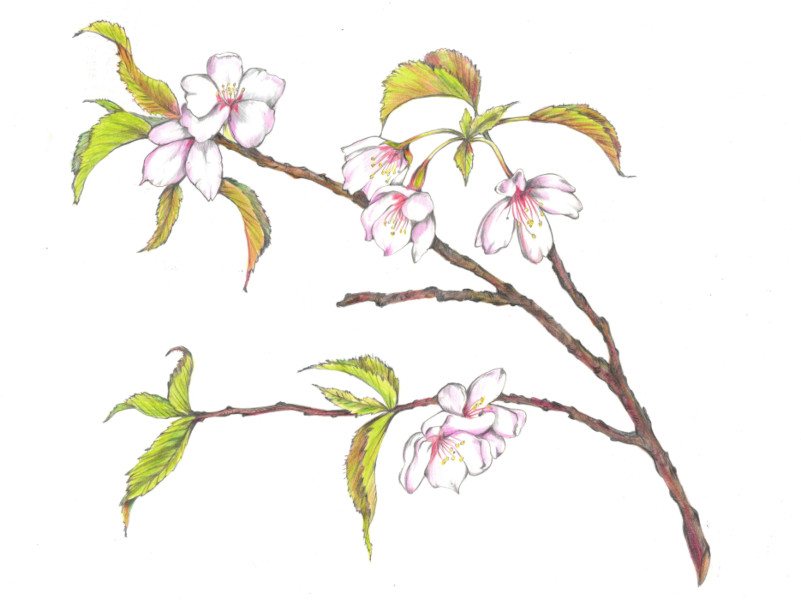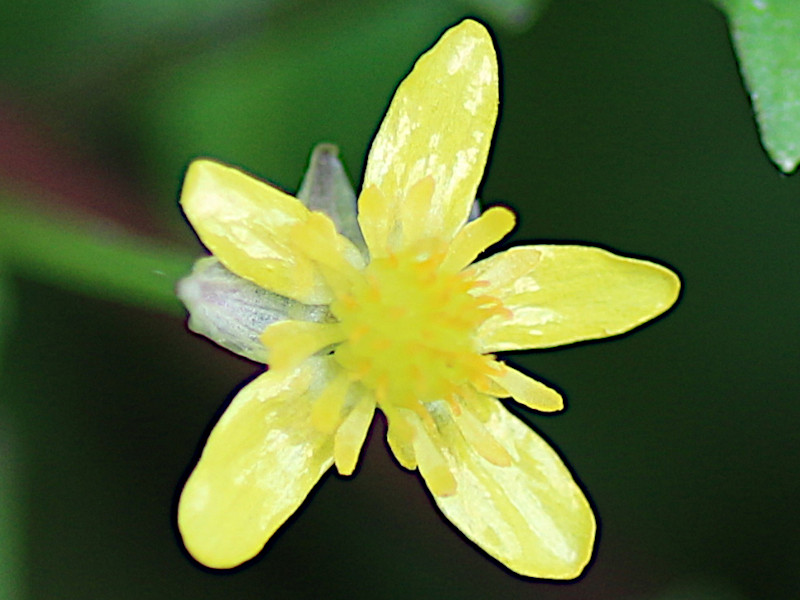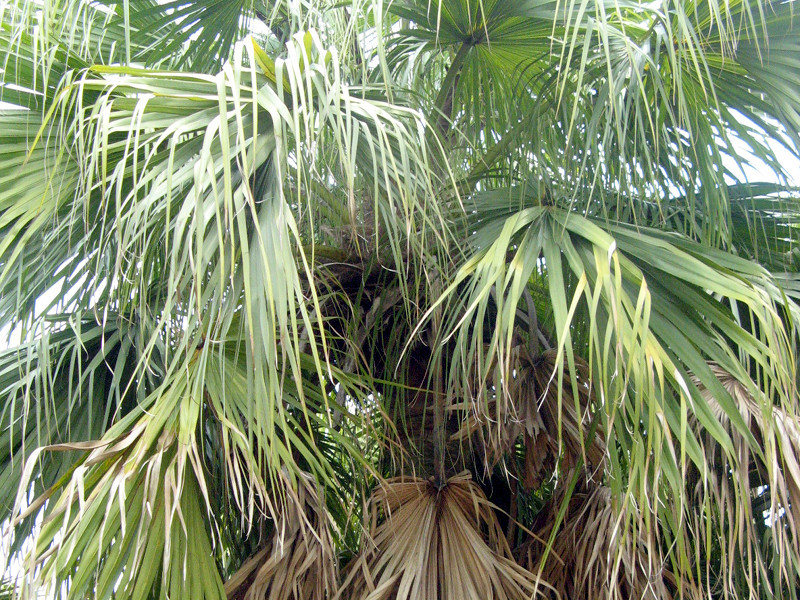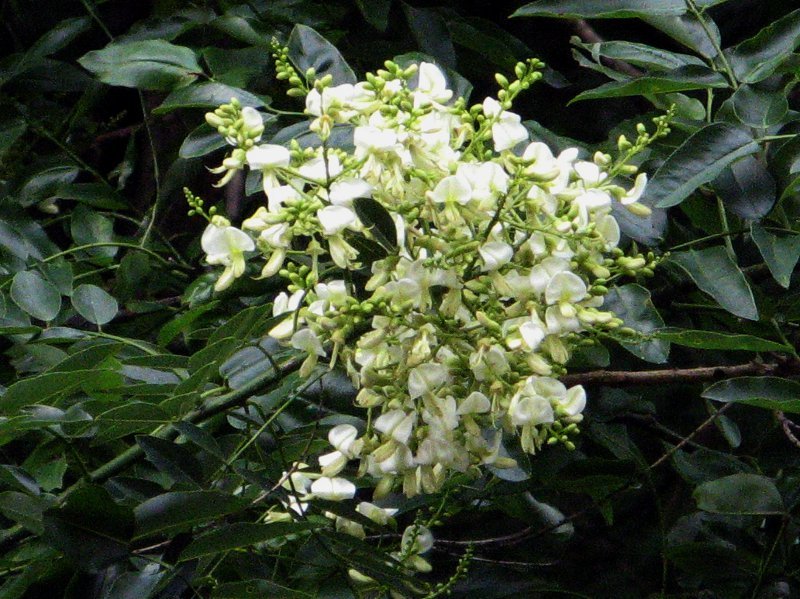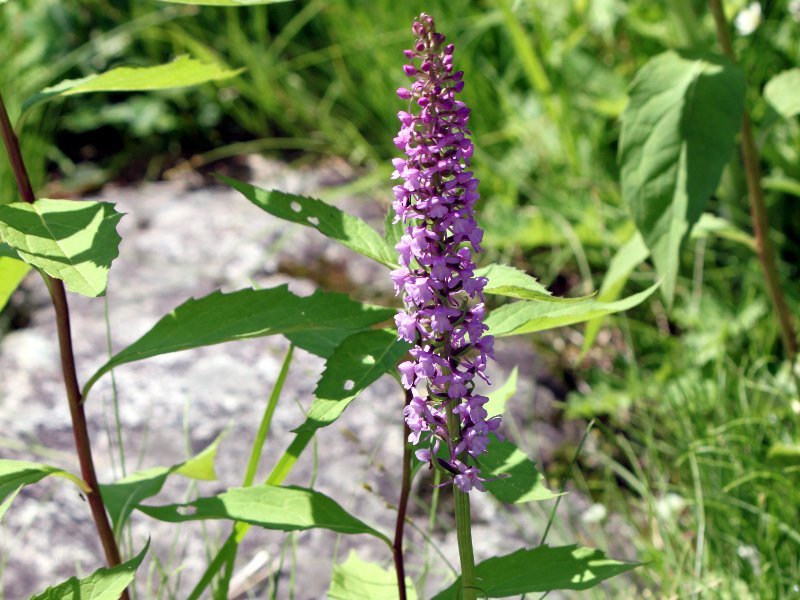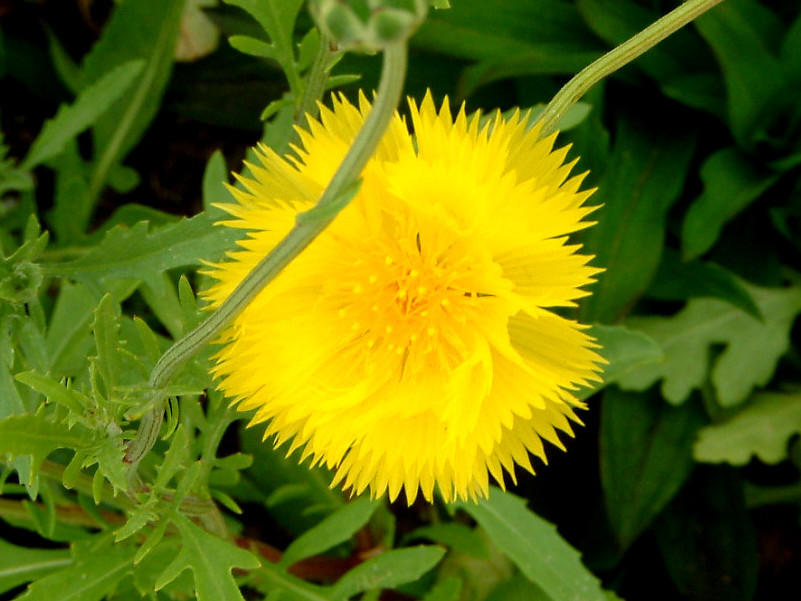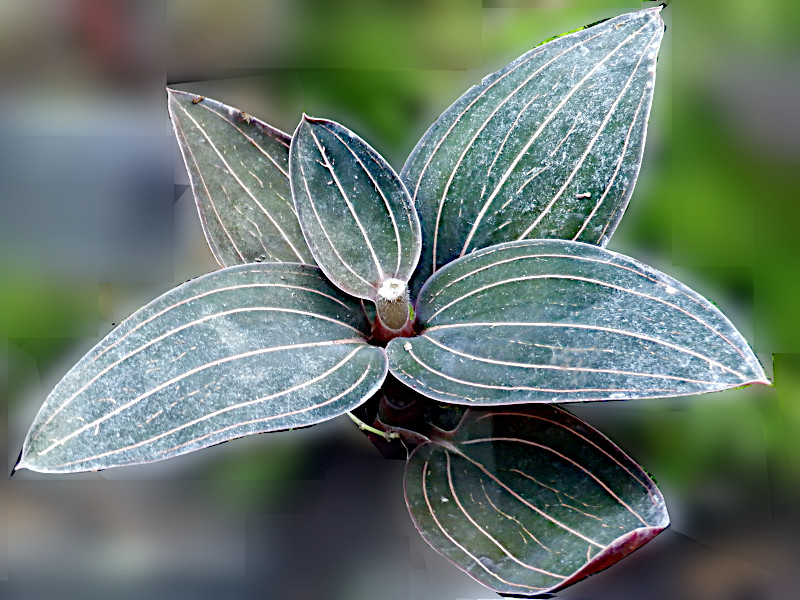Takanezakura
- Flower nameTakanezakura
- Scientific nameCerasus nipponica var. nipponica
- Aliasミネザクラ, 峯桜, 高嶺桜
- Place of originJapan
- Place of floweringHigh mountain, Sub-alpine
- Flowering seasonApril, May, June, July
What is Takanezakura
Takanezakura (scientific name: Cerasus nipponica var. nipponica) is one of the original species of "cherry" in the family Rosaceae, native to Japan, and is a cold- and non-heat-resistant deciduous broad-leaved small tree to tall mountain cherry. It grows naturally in the subalpine to alpine mountainous regions from the Kuril Islands to central Honshu and northward. It is also called the "minezakura" (mountain cherry tree).
Characteristics of the Takanezakura
Grows at the highest elevations,
Flowering season is the latest in Japan: April to May (temperate zone) and June to July (subalpine to alpine zone).
Leaves ovate-ovate to ovate-elliptic, pointed at the tip and distorted at the base.
Flowers and leaves develop simultaneously.
One to three flowers are borne downward from the petiole.
The pistils are longer than or equal to the stamens.
The flowers are white to pale red.
Petals broadly ovate with a concave tip.
Flower diameter: 1.5 to 2.5 cm.
Petals not completely flattened.
Nectary glands are present at the top of the petiole.
Common name: Takanezakura, scientific name: Cerasus nipponica var. nipponica, also known as Minezakura (mountain cherry tree), height: 2 to 10 m, bark color Leaf color: reddish brown to yellow or orange-red (leaves turn red in autumn), Petiole: a pair of nectar glands on top, Leaf texture: thin and hairless on both sides, Leaf shape: ovate to ovate-ovate with a pointed tip and distorted base, Leaf length: 4-10 cm, Leaf width: 3-6 cm, Leaf margin: heavily serrated, Petiole: alternate, Petiole length: 0.2 Flower length: 0.2 cm, petiole length: 1-2 cm, flower diameter: 1.5-2.5 cm, flower color: white to pale red with red petal base, flowering time: single-petaled, not fully flattened, number of petals: 5, number of pistils: 1, number of stamens: numerous (about 30), flowering season: April to July, sepal tube: 0.7 cm bell-shaped, fruit shape: globose, fruit diameter: 0.8 cm Fruit color: black ripe (July-August); uses: park tree, garden tree, bonsai; fruit edible or used for green dye.
